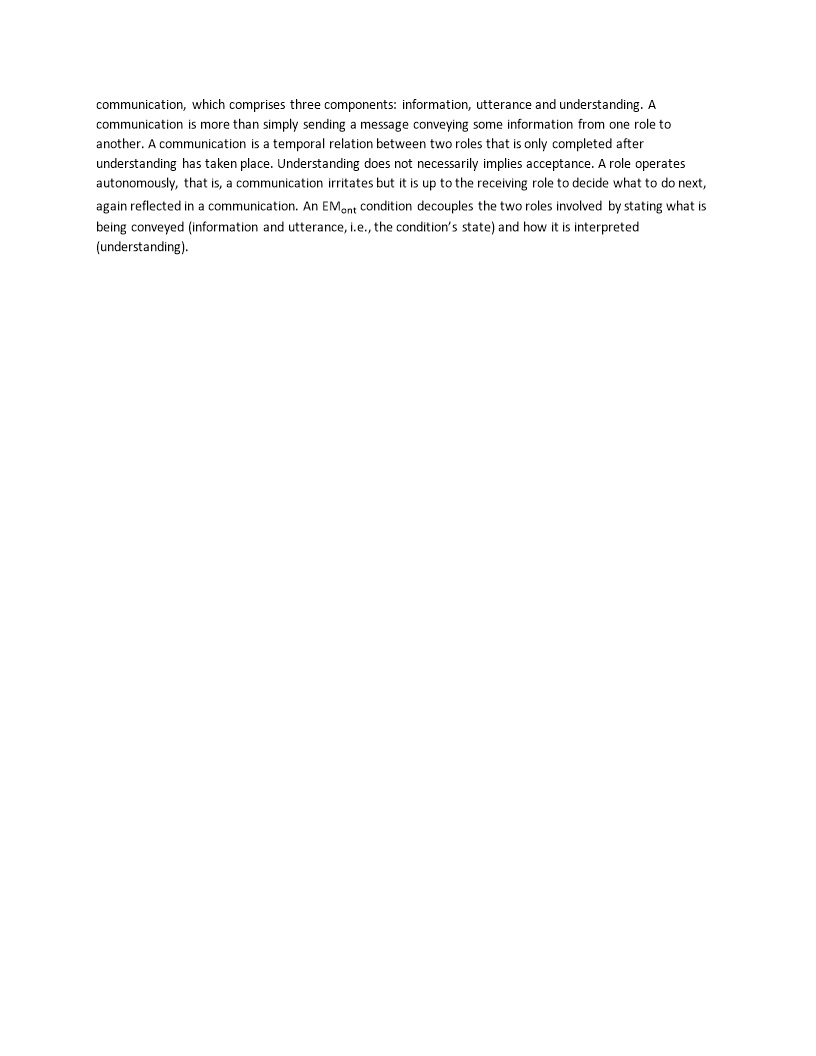LC 00512: verschil tussen versies
Geen bewerkingssamenvatting |
Geen bewerkingssamenvatting |
||
| Regel 9: | Regel 9: | ||
|Sequence numbers=LC_00555,100000;LC_00566,200000;LC_00569,300000;undefined,undefined; | |Sequence numbers=LC_00555,100000;LC_00566,200000;LC_00569,300000;undefined,undefined; | ||
|Context type=Situation | |Context type=Situation | ||
|Heading= | |Heading=Social Innovation Application | ||
|Show referred by=Nee | |Show referred by=Nee | ||
|Show edit button=Ja | |Show edit button=Ja | ||
| Regel 17: | Regel 17: | ||
{{LC Book additional | {{LC Book additional | ||
|Preparatory reading=LC 00511 | |Preparatory reading=LC 00511 | ||
|Continue reading=LC 00555 | |Continue reading=LC 00555 | ||
}} | }} | ||
Versie van 4 jan 2022 22:49
A word of consideration is in order here. Frequently, LoF and second-order cybernetics notions are used in this chapter. Although these notions provide valuable insights in systems thinking, they can be overwhelming for the casual reader. In fact, these notions can be ignored by realizing that the applications discussed here refer to reflexive domains in which element a and b act and react to each other thereby reshaping the domain in which they interact. This idea is sufficient to follow the line of reasoning laid out in this chapter. But again, a deeper understanding of the concept of change can be gained by reading the LoF and second-order cybenetics sections.
- Lees hiervoor:
- Lees hierna:


